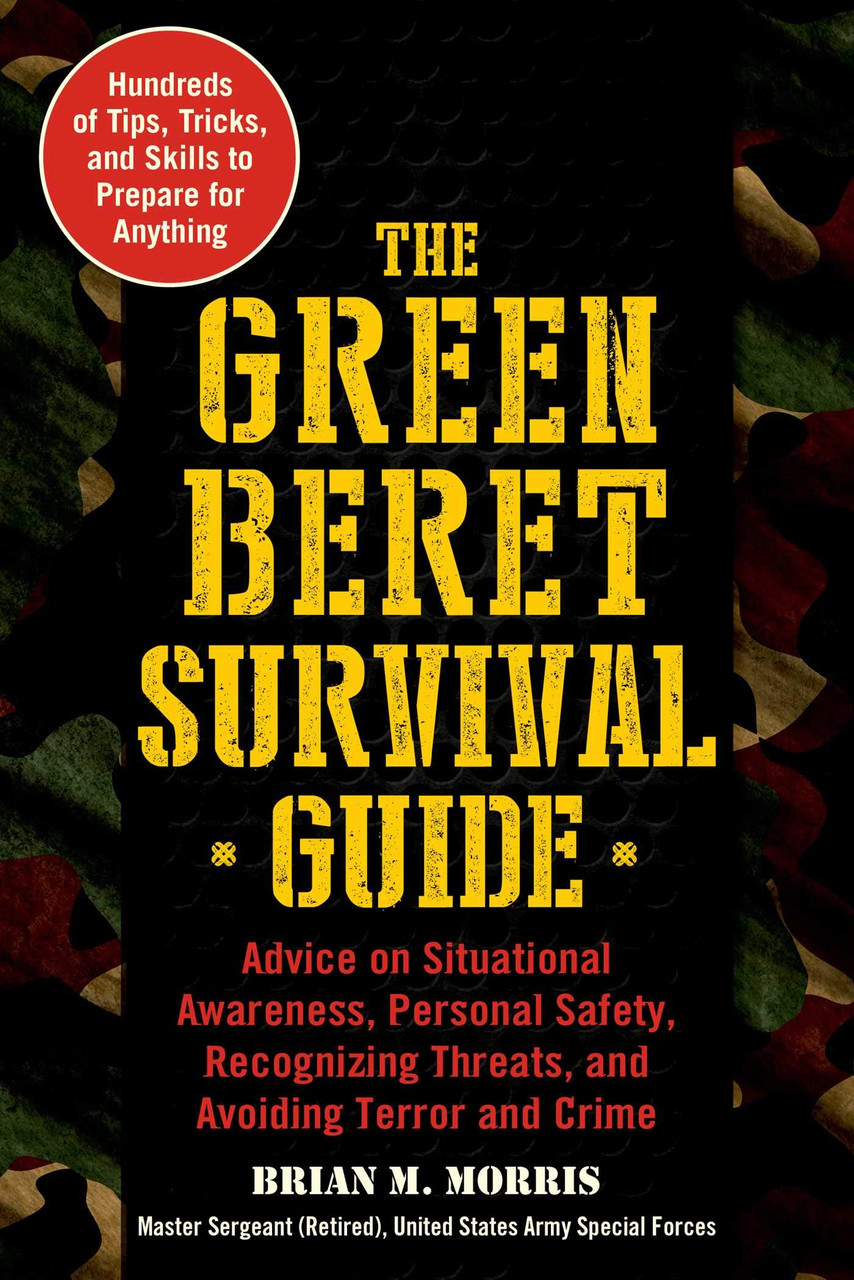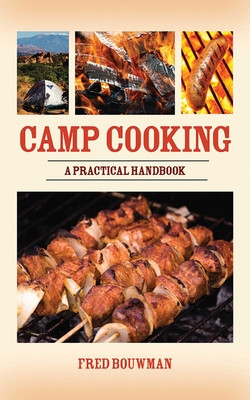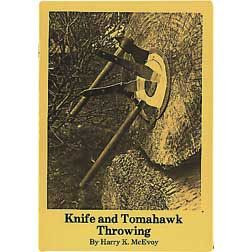| Content | The ancient art of trapping goes back centuries, almost to the beginning of civilization. Native Americans used the pit trap, deadfalls, and snares, the Chinese documented the use of nets and pits in the fourth century BCE, and virtually every civilization can exhibit some example of the use of a trap in one form or another to procure meat, hides, or fur. The fur trade across Europe was dominated by the Russians, which provided furs to the greater part of Western Europe and Asia during the Middle Ages, which prompted the exploration of Siberia and its game rich forests. In North America, trapping was one of the primary reasons why settlers pushed West, taking advantage of the bountiful game across the continent. Fur was used not only for coats, hats, and mittens, it was used as a form of barter.
The taking of a fur-bearing animal was and is a big accomplishment, as fooling a crafty animal on its home territory is no easy feat. In Trapping 101, veteran trapper Phil Massaro reveals all the secrets of the trade, from knowing where to set traps, to understanding and using various types of traps, to properly using scents. Tips and tactics for taking beavers, muskrats, weasels, raccoons, skunks, otters, and more are all covered. While there is a wealth of information in here for beginners, information that will help them pick up trapping with relative ease, there are many subtle tips and tricks that even a veteran trapper will appreciate.
Times have, of course, changed since the days of the voyageurs and rendezvouses. There are many more people in this modern world, many more dwellings, many more towns and cities. But there is a place for trapping in all this, just as there are places for hunting and fishing. A knowledgeable trapper, following game rules and respecting the animals he is trying to trap, fits right into the grand scheme of Mother Nature existing in harmony with humankind. This book will help you achieve that.
| Many have died in the Australian bush who might have lived had they known the appropriate survival skills. Bushcraft covers all areas of survival and camping activities: making ropes and cords, building huts, camp craft, finding food and water, making maps, starting fires, tying knots, and fashioning hunting and trapping gear virtually every technique required to stay alive in the woods. With over 400 black-and-white illustrations and photographs, this book explains how to make use of natural materials found locally in any area, conserving instead of destroying native Flora and fauna. It describes many of the skills used by primitive man, adding to these the skills necessary for modern man's survival, such as methods for determining time and direction. By developing adaptability and honing the five senses, it will also improve your self-esteem and your ability to overcome difficulties in everyday tasks. Bushcraft is a clear, accurate, and reliable resource for anyone who wishes to face nature on its own terms with just a knife and this book. | Now outdoorsman and survivalists can own the official US Army guide to edible plants. Whether you are a stranded soldier, a wilderness hiker, or you just want to know which plants growing in your backyard are edible, this is an invaluable resource.
Anyone who has spent serious time outdoors knows that in survival situations, wild plants are often the only sustenance available. The proper identification of these plants can mean the difference between survival and death.
This book describes habitat and distribution, physical characteristics, and edible parts of wild plants—the key elements of identification.
Hugely important to the book are its color photos. There are over one hundred of them, further simplifying the identification of poisonous and edible plants. No serious outdoors person should ever hit the trail without this book and the knowledge contained within it.
| Essential Skills to Survive Any Crisis You're a backpacker or a hunter lost in the woods after sundown; what do you do? Your car flips over on an empty highway; how will you survive until morning? If you were left alone in the middle of the wilderness, would you be able to make it? While current technology, such as cell phones and GPS, is helpful, when you are lost in the wilderness the best things you can rely on are your own skills. Badass Survival Secrets will introduce you to everything that you need to survive when the unexpected happens. In this book you'll learn basic survival skills such as:- How to build a fire- How to find clean water- How to find food that is safe to eat- How to build a shelter- Basic navigation From the forest, to the tundra, and everywhere in between, Badass Survival Secrets contains all that you need to become a badass survivalist expert. Specifications:- Number of Pages: 128- Size: 6" x 9"- Type: Softcover. | Today's society is one in which we, as individuals, are constantly barraged by the threat of domestic terrorism. The ever-present fear for your safety and the safety of those we love can overwhelm you if you aren’t sure how to protect yourself. Luckily, distinguished combat veteran Brian M. Morris's Green Beret Survival Guide is here to help ease your fears.
Using his firsthand knowledge from the field as a Green Beret, Morris concisely outlines the steps that are necessary towards increasing one’s personal safety. Over the course of several chapters, Morris describes the importance of situational awareness, meaning staying alert, being aware of your surroundings, and understanding the reality of threats that you may face in any given situation. An individual with good situational awareness never takes anything for granted and makes security a part of his or her daily routine. By being observant and practicing several different methods of observation, one can avoid falling prey to terrorist, thieves, and other criminals.
| Camp Cooking covers it all: from meat, to fish, to vegetables, baked goods and sauces. Fred Bouwman explains it all in easy-to-follow steps. This information has been tested and retested in the field. Much of it is just not available anywhere else and Bouwman lets his expertise run wild here. Chapters include information on building campfires that are serviceable for cooking, selecting the best camp stove, utensils, and how to pack and carry a camp "kitchen." Bouwman also looks at the myths and the facts of safe water purification while camping, and teaches methods for safely purifying your water supply. The book closes with a great section on selecting using the wide selection of foods available to today's camper.
|












